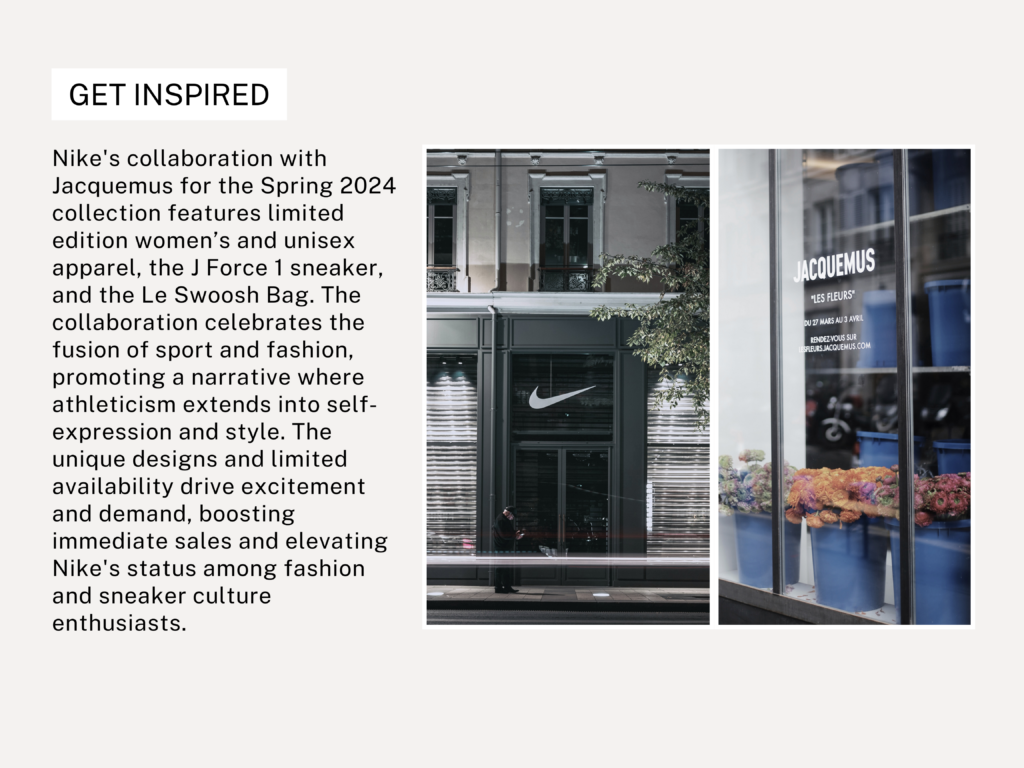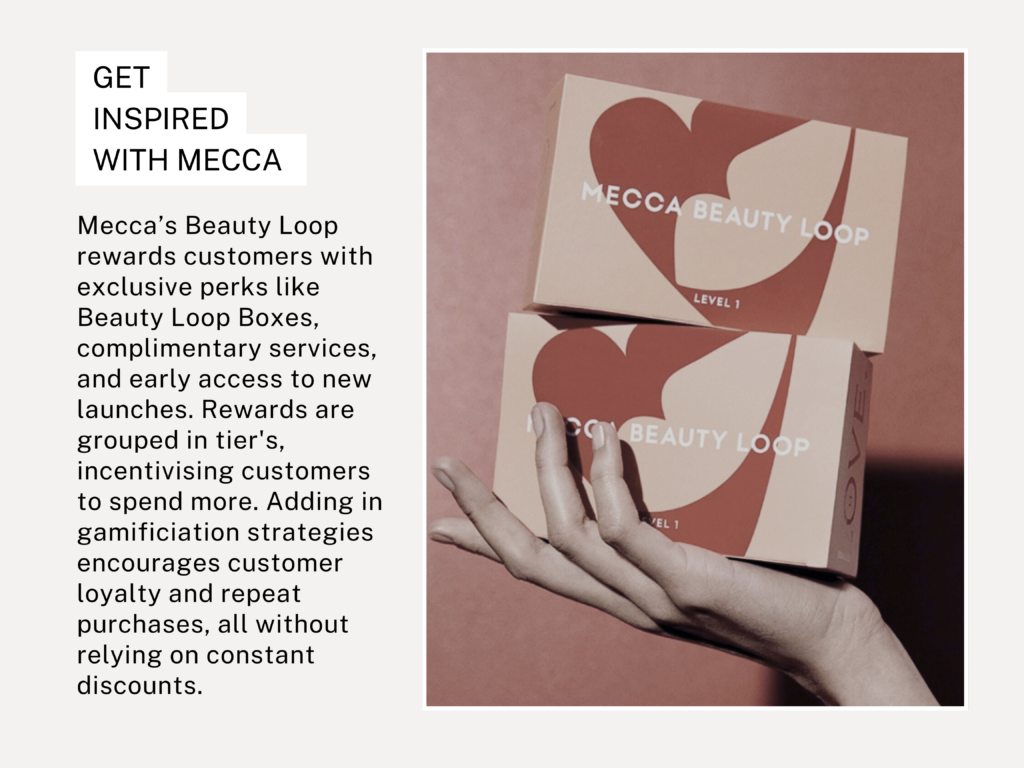Understanding Brand Identity: What It Is and Why Your Business Needs One
ENTREPRENEUR HUB / 6 SEPTEMBER 2024

You embody your brand’s purpose.
But how do you communicate this to your audience?
In today’s competitive market, it’s tougher than ever to get noticed. Businesses need more than just a logo or a catchy tagline to stand out—they need a strong brand identity. But what does that mean, and why is it so important? This article will explore the elements of brand identity, explain why it’s crucial, and guide you on creating your own basic brand identity to get started.
What is Brand Identity?
Brand identity is all about how your brand is represented. This phase of building a brand is its execution phase, it should come after you’ve gotten clear about your brand strategy. It’s the way you show your business to the world and how your audience experiences it through their senses—what they see, hear, smell, touch, and even taste. Every part of your brand identity supports your business in connecting with your audience on an emotional level, creating specific feelings and perceptions. This includes things like your logo, colour scheme, font style, communication, and overall design.
Brand identity can be broken down into three main categories:

Elements of a strong brand identity
A strong brand identity is built upon several key elements that work together to create a cohesive and compelling image for your brand.
We can breakdown these elements under each of the relevant categories as follows:
- Brand Name
- Logo
- Colour Palette
- Imagery
- Typography
- Tagline
- Tone of Voice
- Messaging
BRAND NAME
Your brand name is the foundation of your brand identity. It should be distinctive, memorable, and reflective of your brand’s values and mission. The right brand name can convey the essence of your brand in a word or two, making it an essential element of your overall identity.
LOGO
Your logo is the visual representation of your brand. It should be unique and reflective of your brand’s personality. A strong logo is not only visually appealing but also meaningful. It should communicate your brand’s core values and be easily recognisable.
COLOUR PALETTE
Colour matters more than you might think. They have a psychological impact and can influence how your brand is perceived. Choose a colour palette that aligns with your brand’s values and message. Colours are a powerful tool in branding. They can evoke specific emotions and associations. A carefully selected colour palette helps establish your brand’s mood and tone. For example, green often suggests eco-friendliness or growth, while black can convey luxury or sophistication.
Some brands have trademarked their colour. Tiffany & Co’s turquoise box tied with a white ribbon was referred to as ‘1837 Blue’ and was first selected by the founder in 1845 but not trademarked until 1998. Other brands that have trademarked their colour include: ‘Cadbury Purple’, Veuve Clicquot shade of orange, and 3M’s canary yellow for their Post-It notes.
A distinctive or iconic colour will help your target customers choose your brand over another, especially if you are the only ‘orange’ brand on a shelf of ‘blue’ brands.
IMAGERY
Imagery includes all the visual content associated with your brand. This could be photography, illustrations, icons, or other graphical elements. Your chosen images should align with your brand’s overall aesthetic and messaging, creating a cohesive visual narrative that resonates with your audience.
TYPOGRAPHY
Typography involves creating and arranging text that is easy to read and visually attractive. Fonts, of which there are countless, are a crucial part of typography and a design tool that must be used thoughtfully. Select fonts that match your brand’s tone of voice and maintain consistency across all platforms.
TAGLINE
A tagline is a brief, memorable phrase that captures the essence of your brand. It often accompanies your logo and helps to communicate your brand’s promise or unique selling proposition quickly and effectively. A strong tagline can leave a lasting impression and become synonymous with your brand.
TONE OF VOICE
Your brand’s voice should be consistent in all communications, whether casual, formal, playful or authoritative. This tone helps shape your brand’s personality. Your tone of voice is how your brand speaks to its audience. It should be consistent across all forms of communication, from social media posts to customer service interactions. Whether it’s formal, friendly, or fun, your tone of voice shapes how your brand is perceived and helps to build a connection with your audience.
MESSAGING
Crafting compelling messaging is crucial for your brand to effectively communicate its value proposition, mission, and unique selling points. Clear, consistent messaging is key to ensuring that your audience not only understands but holds a high value to what your brand stands for, providing justification as to why it’s the superior choice. Strong messaging builds trust and forms a powerful brand identity. It’s essential to ensure that your brand messaging conveys your value proposition, mission, and what sets you apart from competitors.
Why your business needs a strong identity
In a competitive market, every brand needs to establish a compelling identity. A robust brand identity distinguishes you from your competitors and gives your customers a definitive rationale for choosing your brand over another. A well-defined brand identity ensures uniformity across all touchpoints, such as your website, social media platforms, product packaging, and any other marketing assets you plan to launch to an external audience. This consistency defines you as a credible brand; your audience will start to recognise your brand name, colour palette and language and build the long-term trust and loyalty you need to deliver your business goals.
A strong brand identity cultivates an emotional rapport with your audience, resulting in heightened customer loyalty. When customers identify with your brand’s values and identity, they are more likely to become repeat purchasers and be advocates for your products or services in their network.
By investing in a credible identity your brand will:
- Attracts the Right Audience: A well-crafted brand identity attracts your target audience by resonating with their values, needs, and preferences. It helps ensure that the people who engage with your brand will likely convert into loyal customers.
- Builds Trust and Credibility: Consistency in your brand identity across all platforms builds trust with your audience. It shows that your brand is reliable, professional, and committed to delivering on its promises.
- Supports Marketing Efforts: A clear brand identity strengthens all your marketing efforts by providing a cohesive message and visual presence. This consistency makes your campaigns more effective and memorable.
- Facilitates Growth: As your business grows, a strong brand identity ensures that new products, services, or markets can seamlessly integrate into your existing brand framework. It provides a foundation for scalable branding.
When Less Is More
In the world of branding, sometimes less is truly more. A minimalist approach to brand identity can be incredibly powerful, allowing your core message and values to shine through without unnecessary distractions. Simplifying your visual and verbal elements – such as using a clean, uncluttered logo or a concise, impactful tagline – can make your brand more memorable and easier to recognise. A streamlined colour palette and consistent typography also contribute to a strong, cohesive identity that doesn’t overwhelm your audience. By focusing on the essentials, you can create a brand identity that is elegant, sophisticated and highly effective in conveying your message with clarity and confidence. Remember, your brand will evolve with time, and your identity will continuously change as you interact more with your audience.
HOW TO CREATE YOUR OWN BRAND IDENTITY
To execute your brand strategy and develop your own identity means being in a constant state of test and learn. If you are a new business starting from scratch, here are 8 steps to get you started.
- Get clear on your brands mission, values & goals
- Define your tone of voice
- Create a brand name
- Decide on 2-3 primary colours that reflects your brands personality
- Select 1-2 fonts that will tie in with your tone of voice & personality
- Design a simple logo
- Summarise your selections in a basic brand guidelines document
- Start using your brand identity to communicate to your audience. Test & learn

A strong brand is the backbone of your business, influencing how your audience perceives you and how you interact with the world. Whether you’re just starting out or looking to refine your brand, understanding and developing a cohesive brand identity is essential for standing out, building trust, and ensuring long-term success. By creating a basic brand identity, you’re laying the groundwork for a memorable and impactful brand that can grow with your business.
Need some more help getting your brand identity started? Contact us here for an initial chat.





Read the Comments +